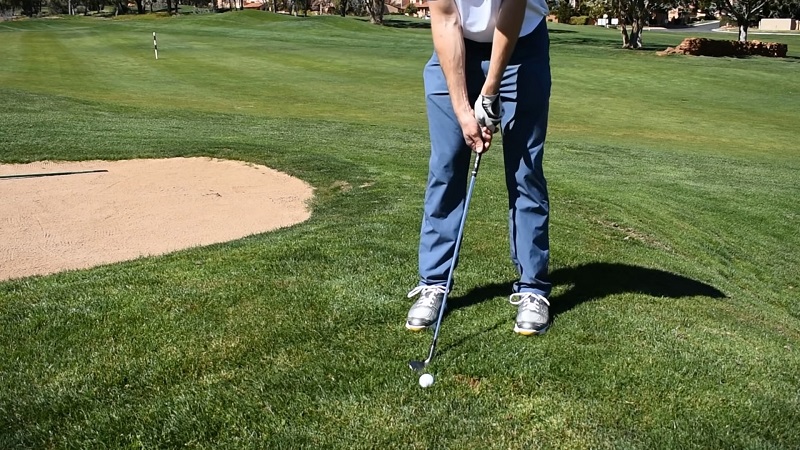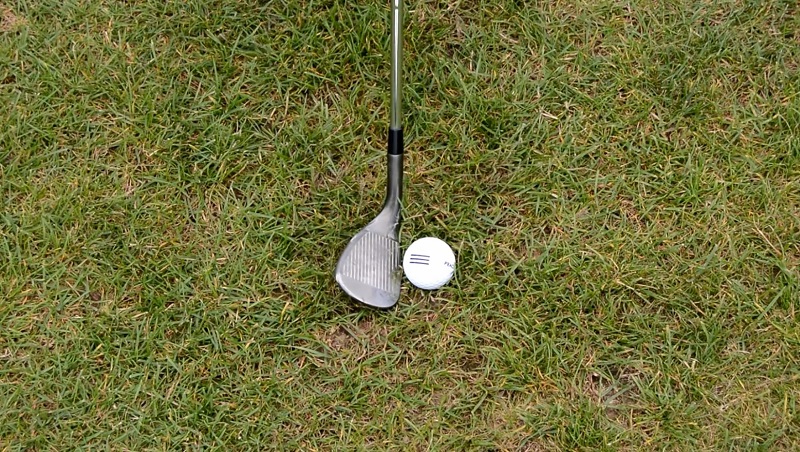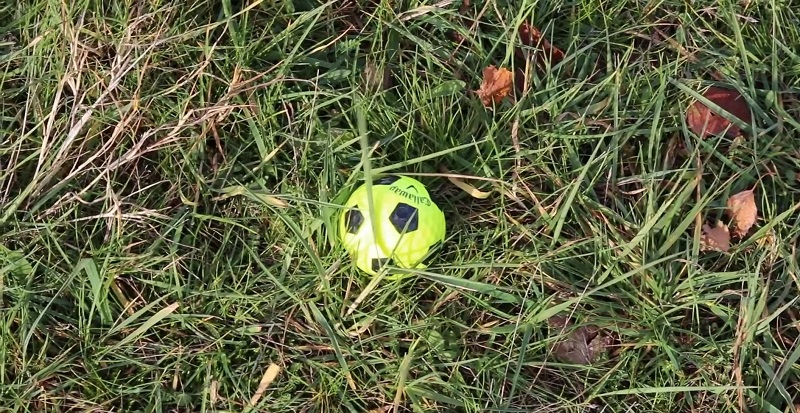Flyers in golf can be advantageous and detrimental at the same time. These shots often offer a substantial boost to one’s drive distance, but they can also lead to a decidedly irritating round of golf. Not only can they disrupt a player’s rhythm, but they can also cause them to overextend their swing or suffer from poor accuracy. As such, it’s important to understand what a flyer is and how to properly use them on your next golf outing.
What Is A Flyer In Golf?
In golf, the term “flyer” is used to describe a type of shot that does not achieve the intended result due to inconsistent factors on the grass surface.
When a “flyer” shot occurs, the ball travels farther than anticipated and often deviates from the typical rules regarding distance and shot feel. This phenomenon is often caused by hitting the ball from a high rough area, where the tall grass affects the ball, causing it to fly beyond the initially predicted distance.
Flyer shots can present challenges for players because the ball travels greater distances and behaves differently than expected. This can impact the distance, control, and accuracy of the shot.
To manage a flyer shot, players often need to make adjustments to their swing and power to ensure the ball reacts as intended. Professional golfers, with their experience and skill, are skilled at adapting their shots to cope with this situation.
What Is The Purpose Of A Flyer?

The purpose of a flyer is to increase drive distance and provide a more aggressive approach when playing golf. The lie and spin of the ball can have an unpredictable effect on its flight, making it possible to hit a longer shot than normal.
In addition, some players use flyers to vary their approach and keep their opponents guessing. By using flyers, they can gain an advantage by disrupting their opponent’s rhythm and confidence.
In summary, flyers can be beneficial when looking to increase drive distance and vary one’s approach in a competitive golf match. However, it is important to understand their unpredictable nature and use them with caution as the lie of the ball can lead to unexpected results. With a bit of practice and understanding, players can take advantage of this shot to their benefit.
How Do You Spot A Flyer?
To spot a flyer, you need to pay attention to the lie of the ball. If the ball is sitting up high and looks like it’s sitting on top of the grass, it may be a flyer lie.
Additionally, if there is a lot of moisture or debris between the clubface and the ball, it can cause a flyer. You may notice that the ball doesn’t spin as much and takes off further than anticipated.
Flyer shots often occur with short irons, and they can be frustrating for golfers as they can result in overshooting the green and requiring a difficult recovery shot.
By considering these factors before teeing up, you can ensure that you are making an informed decision and using the correct approach for your shot.
How To Play A Flyer Lie

When faced with a flyer lying on the golf course, it’s important to make the necessary adjustments in order to get the ball up and out of trouble.
One tactic to consider is using a club down from your usual distance in order to decrease the chances of overshooting the green. Additionally, choking down on the club can provide more control and accuracy while also reducing swing speed. Lastly, opening the clubface at impact will cause the ball to fly higher than normal, giving you a better chance of clearing any hazards and finding the green.
With these adjustments in mind, you can make the most of a tough situation and perhaps even impress your playing partners with your resourcefulness on the course.
Tips To Avoid A Flyer
While flyers can be beneficial, they are also unpredictable and can lead to disappointing results. To avoid a flyer lie, there are several factors to consider before you hit your shot.
Assess the Lie
Before teeing off, it is prudent to take a close look at the lie of the ball and assess whether it could be a flyer lie. If the ball is sitting up high on either the rough or a slope, it could lead to an increased lift and greater drive distance than expected. Furthermore, if there is moisture or debris between the clubface and the ball, this can also lead to a flyer.
Choose Your Club Carefully
If you suspect you have a flyer lie, it is wise to choose a club with less loft to reduce the amount of backspin on the ball. This will help to minimize the lift generated by the shot which can increase the distance traveled by the ball. With lower lofted clubs, the spin will be reduced and the ball will travel on a more predictable flight path.
Swing Easy
When faced with a flyer lie on the golf course, it’s important to take a measured approach and avoid swinging too hard. A smoother, more controlled swing is generally better when trying to hit a flyer as it reduces the amount of backspin created on the ball. This helps to minimize lift and keep the ball flying on a more even path.
Adjust Your Aim
If you find yourself faced with a flyer lying on the golf course, it can be beneficial to adjust your aim and target the back of the green. This can help to reduce the chances of overshooting the target, as well as any hazards that may lie ahead from your tee shot. Choking down on the club while taking a smooth, controlled swing will also aid in achieving this result.
Practice
The key to becoming an expert at playing from difficult lies is practice. Taking the time to analyze the lie of the ball and understanding what could be a flyer lie can help golfers make better decisions before teeing off. Paying attention to moisture or debris between the clubface and the ball as well as looking for when the ball is sitting up high on the rough can help to identify a flyer lie. Practicing with different clubs and adjusting your aim can help golfers become proficient at playing flyers out of difficult lies. With practice, you will be able to gain the confidence necessary to confidently play flyer lies when faced with these tough situations on the golf course.
Overall, flyer shots can be beneficial when used correctly, but they can also lead to unpredictable results and difficult recovery shots. By considering the lie of the ball before you hit your shot and making the necessary adjustments, you can manage any potential issues and make the most out of a tricky situation.
Conclusion
So you get to know the insight of a Flyer, you can reduce your chances of hitting a flyer shot and improve your game. Being aware of the lie of the ball, choosing the correct club and adjusting your aim and swing are all important steps to take when trying to avoid a flyer shot. Additionally, practice is key to becoming an expert at managing tricky lies on the golf course. With the right approach and mindset, you can make the most out of a tough situation and impress your playing partners with your resourcefulness on the course.


